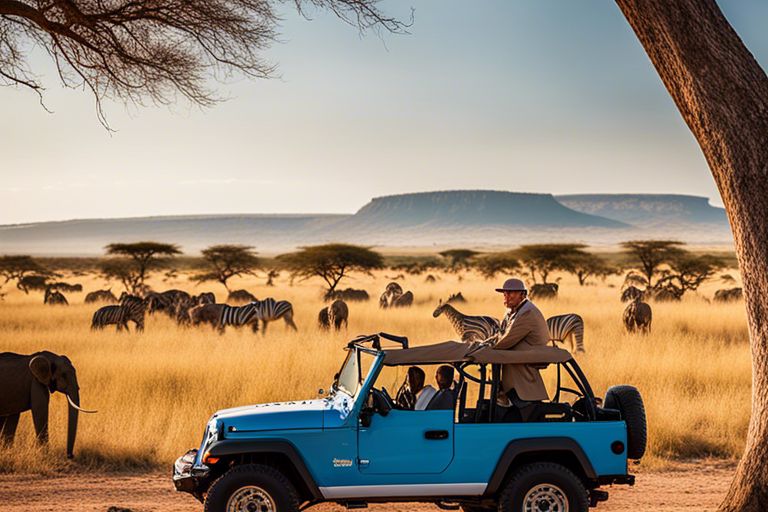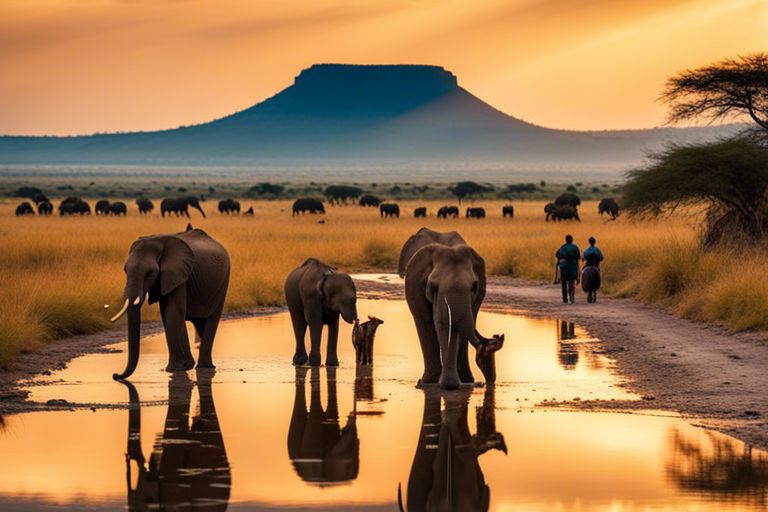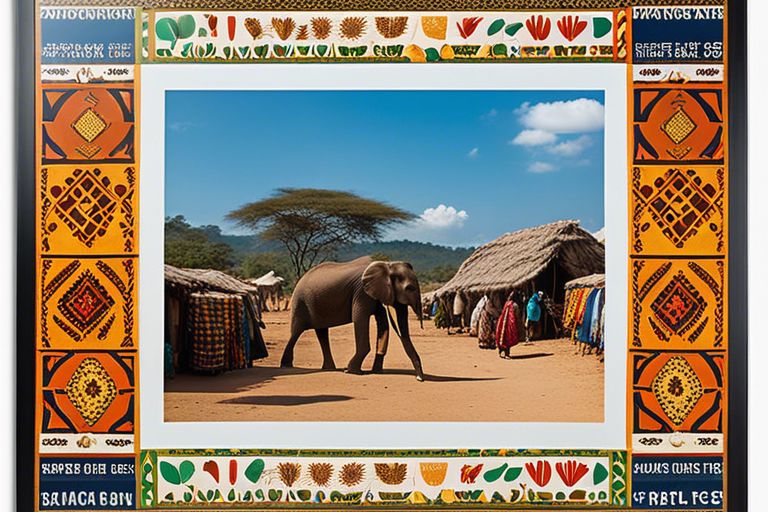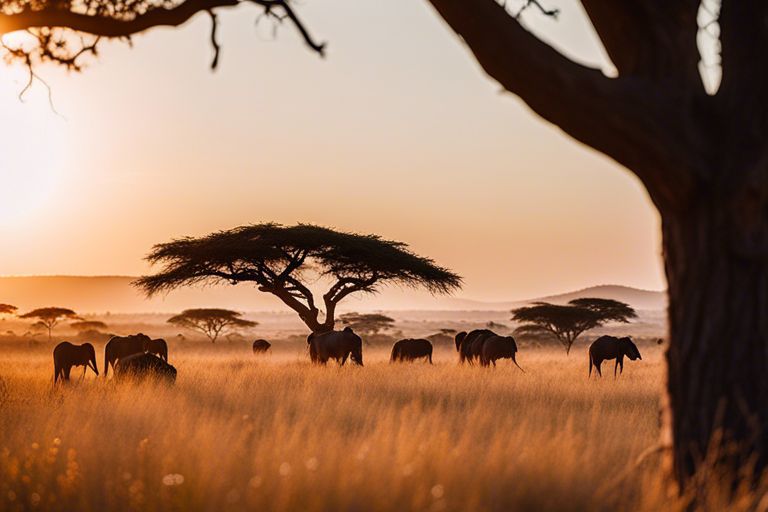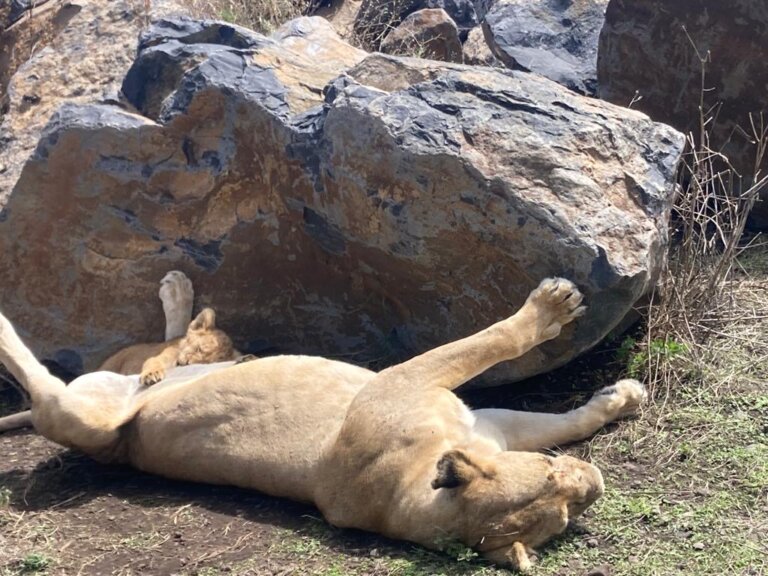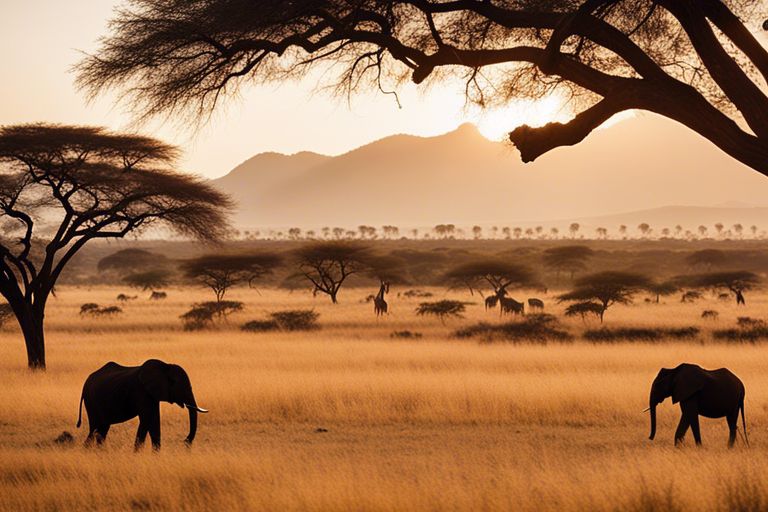Where Can You Find The Most Exotic Wildlife Encounters In Serengeti?
Many visitors to the Serengeti National Park in Tanzania seek out unforgettable wildlife encounters, eager to witness the incredible biodiversity that this iconic African destination has to offer. From the majestic lions roaming the vast savannah to the graceful giraffes browsing the treetops, the Serengeti is a haven for some of the most exotic wildlife on the planet. In this blog post, we will explore the top locations within the park where you can experience close encounters with these fascinating creatures, providing you with valuable insights for planning your next safari adventure in the Serengeti.
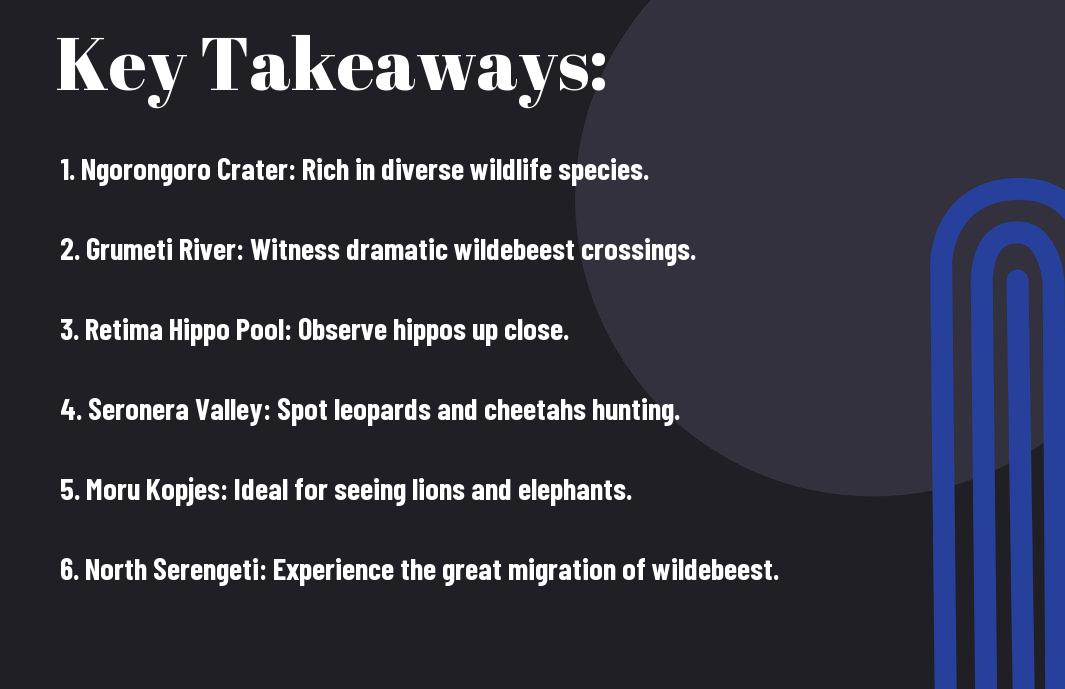
Diversity of Serengeti Ecosystems
The Savannah and Its Inhabitants
Some of the most iconic and recognizable wildlife in the Serengeti can be found in the vast savannah plains. These areas are home to a diverse range of species, including the renowned Big Five – lions, elephants, leopards, rhinoceroses, and buffalo. The savannah also supports large herds of grazing animals such as zebras, wildebeests, and giraffes, creating a breathtaking spectacle of natural beauty and wildlife interactions.
Wetlands and Riverine Forest Fauna
Fauna that inhabit the wetlands and riverine forests of the Serengeti add an extra layer of diversity to the ecosystem. These areas provide important water sources and shelter for a variety of species, including hippos, crocodiles, and a wide array of bird species. The lush vegetation and abundant water create a thriving habitat for both resident and migratory wildlife.
This unique ecosystem not only supports a rich diversity of flora and fauna but also plays a crucial role in maintaining the overall balance of the Serengeti ecosystem. Visitors to these wetlands and riverine forests can witness a different side of the wildlife in the region, offering a deeper appreciation for the interconnectedness of the ecosystems within the Serengeti.
Iconic Wildlife of the Serengeti
The Great Migration: A Spectacle of Life
There’s nothing quite like the Great Migration in the Serengeti. Witnessing hundreds of thousands of wildebeest, zebras, and other herbivores crossing the plains in search of greener pastures is a truly awe-inspiring sight. It’s a spectacle of life and a testament to the resilience and instinct of these incredible animals.
Predators in Their Natural Habitat
To truly experience the Serengeti’s raw beauty and power dynamics, one must observe the predators in their natural habitat. Lions, cheetahs, leopards, and hyenas roam the savannah, showcasing their hunting prowess and survival skills. It’s a thrilling and humbling experience to witness these top predators in action.
Natural predators play a crucial role in maintaining the delicate balance of the ecosystem in the Serengeti. They help control the herbivore population, prevent overgrazing, and ensure the health and diversity of the wildlife population. Observing predators in their natural habitat offers a glimpse into the intricate web of life in this iconic African landscape.
Unique Wildlife Encounters
Despite the vast popular belief that the best wildlife encounters in Serengeti are seen from the comfort of a safari vehicle, there are many unique experiences awaiting those who venture on foot. If you are looking for a truly immersive experience and want to get up close and personal with Tanzania Wildlife, consider launching on a walking safari. This type of adventure allows you to observe the wildlife in their natural habitat and gain a deeper understanding of the ecosystem.
Walking Safaris for an Up-Close Experience
Encounters on a walking safari in Serengeti National Park offer a different perspective and a chance to appreciate the smaller details of the bush. As you stroll through the savannah accompanied by experienced guides, you may encounter a variety of wildlife species, from graceful antelopes to colorful birds. It’s a thrilling way to connect with nature and witness the wonders of the African wilderness firsthand.
Night Safaris: A Glimpse into the Nocturnal World
With the sun setting over the Serengeti, a whole new world comes alive. Night safaris provide a unique opportunity to witness the nocturnal activities of the wildlife in the park. It’s a chance to spot elusive creatures such as leopards, hyenas, and aardvarks that are more active after dark. These excursions are led by expert guides who use spotlights to illuminate the wildlife without disturbing their natural behavior.
It’s a surreal experience to hear the sounds of the night and see the glowing eyes of animals as you explore the darkness of the African bush. Night safaris offer a glimpse into a world that is often overlooked during daytime safaris, making it a must-try for wildlife enthusiasts seeking a different adventure in Serengeti.
Best Times and Places for Wildlife Viewing
Now, if you are seeking the most thrilling wildlife encounters in the Serengeti, timing is key. The best time to witness the Big Cats of Tanzania’s Serengeti in action is during the dry season when the animals congregate around the few remaining water sources. For more insights on this, check out Animal Encounters 4 — Big Cats of Tanzania’s Serengeti ….
Seasonal Wildlife Patterns in the Serengeti
Best known for the Great Migration, the Serengeti also offers phenomenal wildlife viewing year-round. Wildlife patterns in the Serengeti are dictated by the rainy and dry seasons. During the dry season (from late June to September), the scarcity of water sources concentrates animals around remaining watering holes, making for excellent wildlife sightings.
Recommended Areas for Exotic Wildlife Encounters
Times may vary depending on the area of the Serengeti you choose to explore. For those seeking exotic wildlife encounters, the Seronera region in the Central Serengeti is ideal due to its abundance of predators like lions, leopards, and cheetahs. The Southern Serengeti plains are perfect for observing the wildebeest calving season from late January to March, while the Western Corridor offers thrilling river crossings during the Great Migration from May to July.
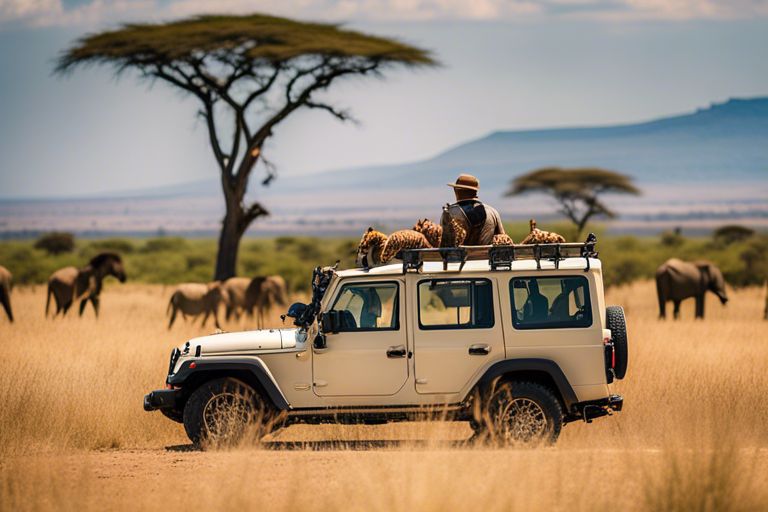
Conclusion
With these considerations in mind, it is clear that the most exotic wildlife encounters in Serengeti can be found in areas such as the Grumeti River, Moru Kopjes, and the Western Corridor during the Great Migration season. These locations offer unique opportunities to witness incredible wildlife spectacles, such as river crossings and predator-prey interactions, that are truly unforgettable. By visiting these key areas with a knowledgeable guide, visitors can ensure an enriching and once-in-a-lifetime safari experience in the heart of one of Africa’s most iconic wildlife destinations.
FAQ
Q: What wildlife can be found in the Serengeti?
A: The Serengeti is home to a wide variety of wildlife including the Big Five (lion, leopard, elephant, buffalo, rhino), zebras, giraffes, hippos, crocodiles, and a diverse range of bird species.
Q: Where is the best place in Serengeti to see exotic wildlife?
A: The best place to see exotic wildlife in the Serengeti is the Seronera Valley, known for its high density of predators and large herbivores that gather here year-round.
Q: When is the best time to visit the Serengeti for wildlife encounters?
A: The best time to visit the Serengeti for wildlife encounters is during the dry season from late June to September when the animals gather around water sources, making it easier to spot them.
Q: What are the most unique wildlife encounters one can have in the Serengeti?
A: Some of the most unique wildlife encounters in the Serengeti include witnessing the Great Wildebeest Migration, observing a lion pride on a hunt, and seeing cheetahs sprinting across the plains in pursuit of prey.
Q: How can I ensure a safe and responsible wildlife viewing experience in the Serengeti?
A: To ensure a safe and responsible wildlife viewing experience in the Serengeti, always follow the park regulations, maintain a safe distance from the animals, and respect their natural habitat by not littering or disturbing the wildlife.


